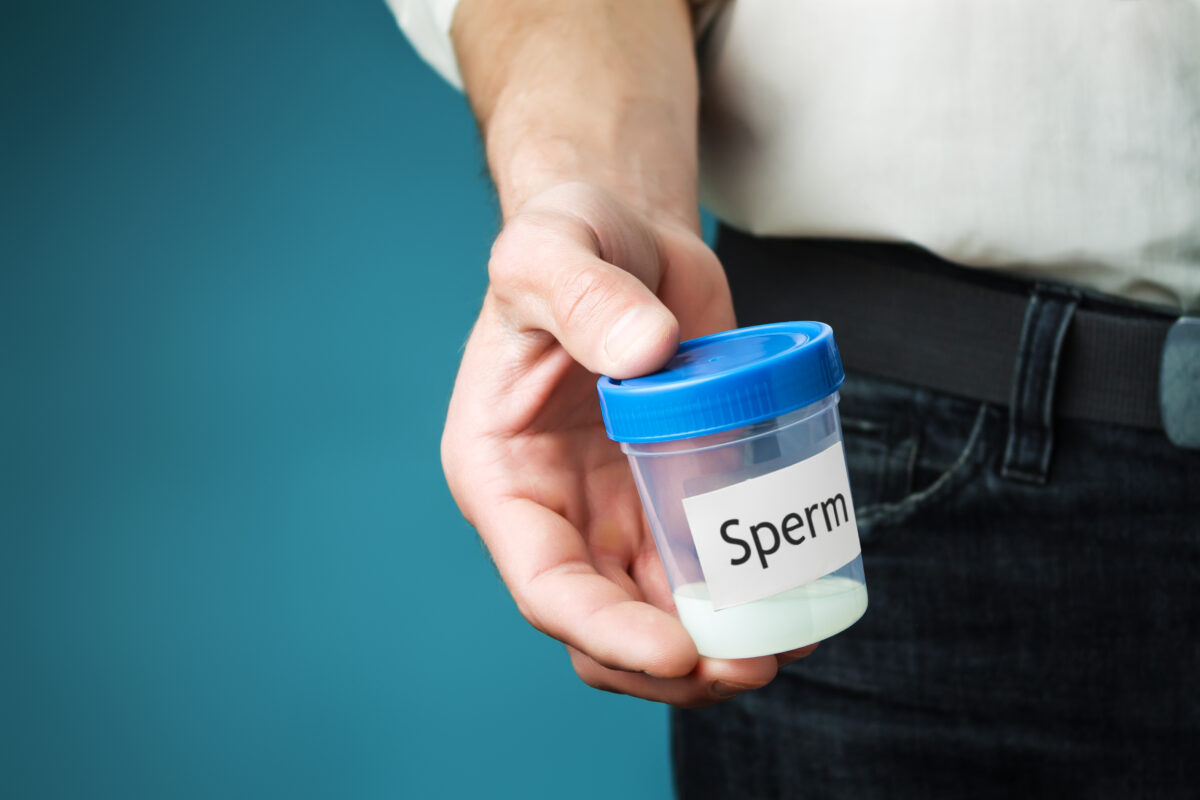Knowing the ovarian reserve is one of the determining factors in the evaluation of female fertility. This reserve refers to the quantity and quality of eggs that a woman has at a certain time in her life.
The ability to conceive naturally decreases over time, especially after the age of 35, so having tools that measure ovarian reserve allows you to make informed decisions about family planning and fertility treatments.
The Ovarian Reserve Test is a set of tests that allow you to know the number of eggs available and estimate the response that the ovaries could have to fertility treatments, such as in vitro fertilization (IVF). Knowing these values offers valuable information for doctors and patients, as it facilitates the personalization of treatments according to individual reproductive capacity.
What does the Ovarian Reserve Test consist of?

The Ovarian Reserve Test is a clinical analysis that allows you to measure the number of eggs available in the ovaries. There are several methods to perform this test, but the most common are:
- Anti-Müllerian hormone (AMH): This is a blood test that measures the levels of this hormone, produced by follicles in the ovaries. Higher AMH values usually indicate a larger egg reserve, while low values may suggest a reduced ovarian reserve.
- Antral Follicle Count (CFA): This examination is performed using a transvaginal ultrasound that allows the number of follicles present in the ovaries to be counted at any time during the menstrual cycle. Antral follicles are small pouches that contain immature eggs and their quantity is a good indicator of ovarian reserve.
- Follicle-Stimulating Hormone (FSH) Levels: A blood test measures the amount of FSH in the body. High levels of FSH may indicate a decrease in ovarian reserve, as the body needs more of this hormone to stimulate the ovaries when fewer eggs are available.
Who should take the Ovarian Reserve Test?
Although any woman interested in learning more about her fertility can take the Ovarian Reserve Test, there are certain groups that can especially benefit from this analysis:
- Women over 35 years of age: The quality and quantity of eggs decrease from the age of 30, but this decline accelerates after the age of 35. Knowing the ovarian reserve allows women to evaluate their options and plan their reproductive future.
- Women with a family history of early menopause: Family history can be an indicator of possible reproductive problems, and the test helps identify if there is a greater risk of premature reduction in ovarian reserve.
- Women who plan to delay motherhood: For those who decide to wait to become mothers, the test is a useful tool to evaluate whether egg vitrification or assisted reproduction are options to consider.
- Women with fertility problems: Those who have had difficulty getting pregnant can take this test to obtain information about their ovarian health and receive precise recommendations on the most appropriate treatments.
How is the Ovarian Reserve Test interpreted?
The result of the Ovarian Reserve Test is a guideline, not a definitive diagnosis. Each method has its reference range, and specialists are the ones who interpret the results based on each woman’s medical history and her reproductive goals. It is important to remember that a result with low AMH values or a high FSH level does not mean that pregnancy is impossible, but may require specific treatment strategies to achieve.
On the other hand, a good ovarian reserve does not guarantee fertility either, as there are other factors such as the quality of the eggs or the health of the uterus that also influence the ability to conceive. Therefore, it is essential that women who have the Ovarian Reserve Test consult with a fertility specialist who can provide them with clear guidance adjusted to their situation.
When is the ideal time to take the Test?
The Ovarian Reserve Test can be performed at any time during the menstrual cycle, especially the analysis of anti-Müllerian hormone and the count of antral follicles. The choice of timing will depend on the specific method used and the recommendations of the treating physician.
What to do if the results are not favorable?
Receiving a result that indicates a low ovarian reserve can generate uncertainty or anguish, but it is important to remember that there are alternatives. Currently, there are several options for those women who have a reduced ovarian reserve, from ovarian stimulation to egg preservation. Each case is unique, and having the right advice helps to make informed and personalized decisions.
In addition, reproductive medicine has advanced considerably, offering innovative treatments that increase the chances of pregnancy even in complex situations. Maintaining a positive attitude and relying on trusted professionals can make all the difference on the road to desired motherhood.
Knowing the ovarian reserve is an essential step for those who want to have clarity about their fertility. While age is an important factor, advances in medicine allow for conscious planning and decision-making at every stage of reproductive life.
At Fertivida, we offer professional advice and ovarian reserve tests that will help you better understand your reproductive health. Our team of specialists is here to guide you every step of the way, always with a close and human approach.





